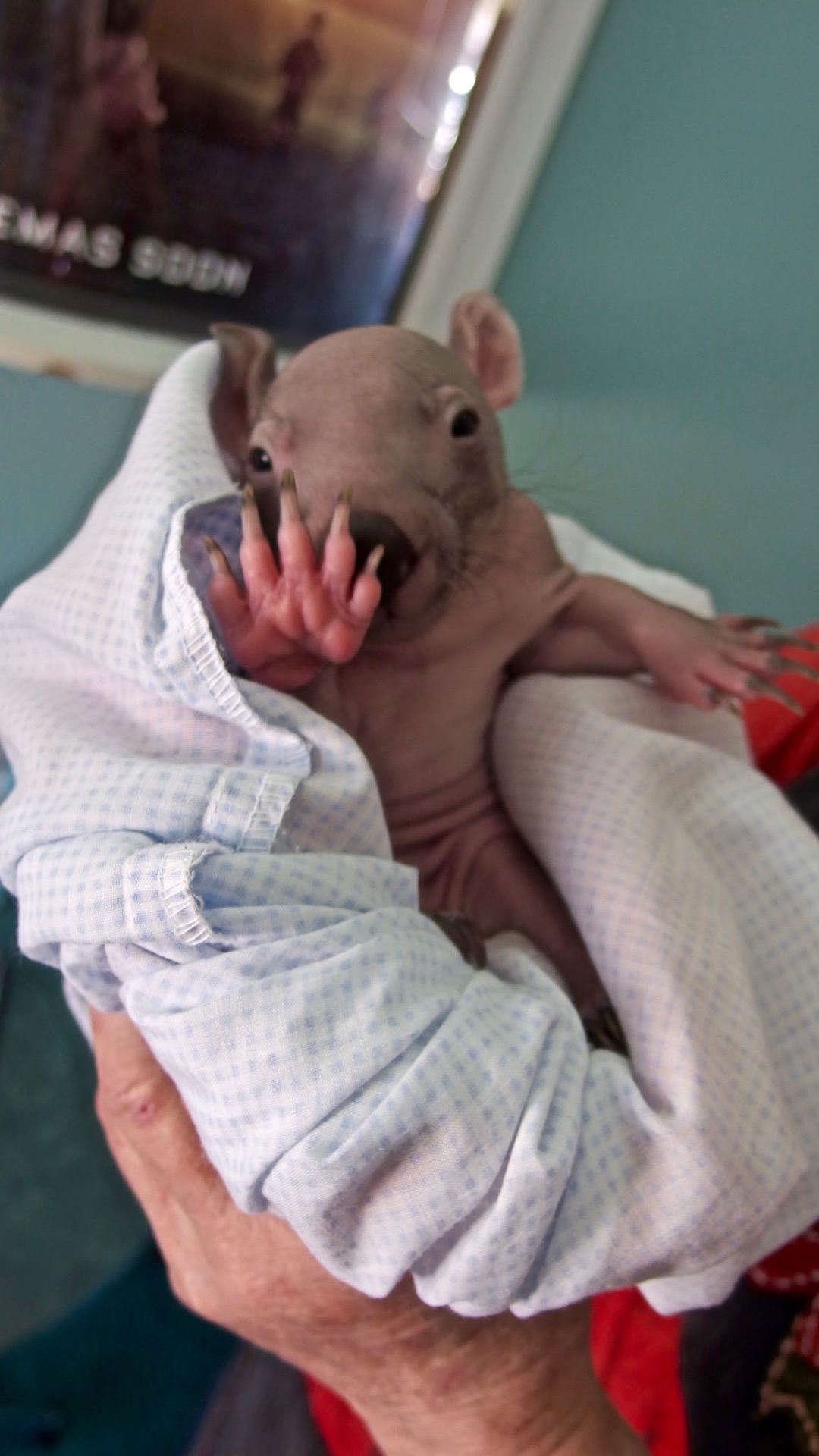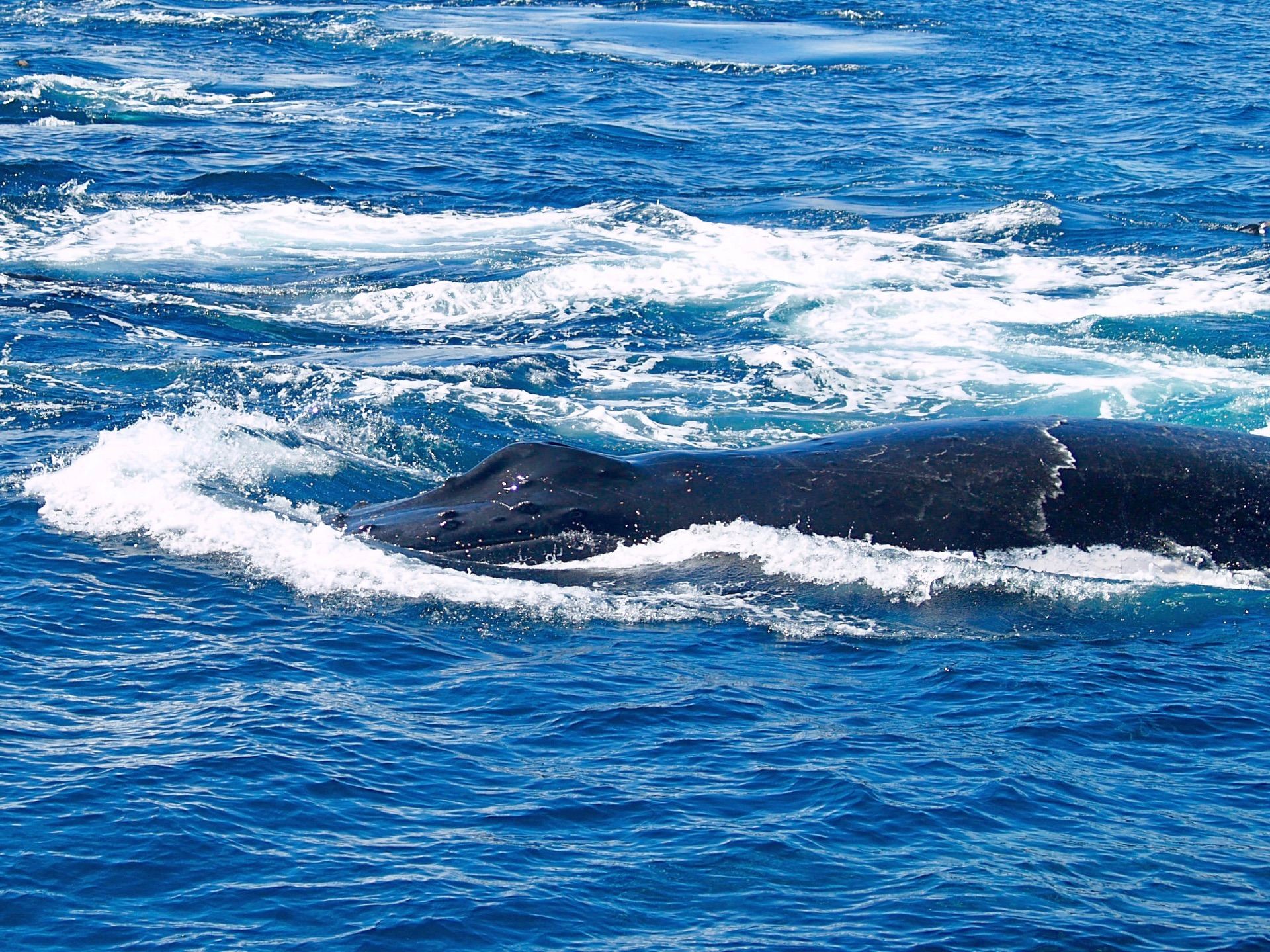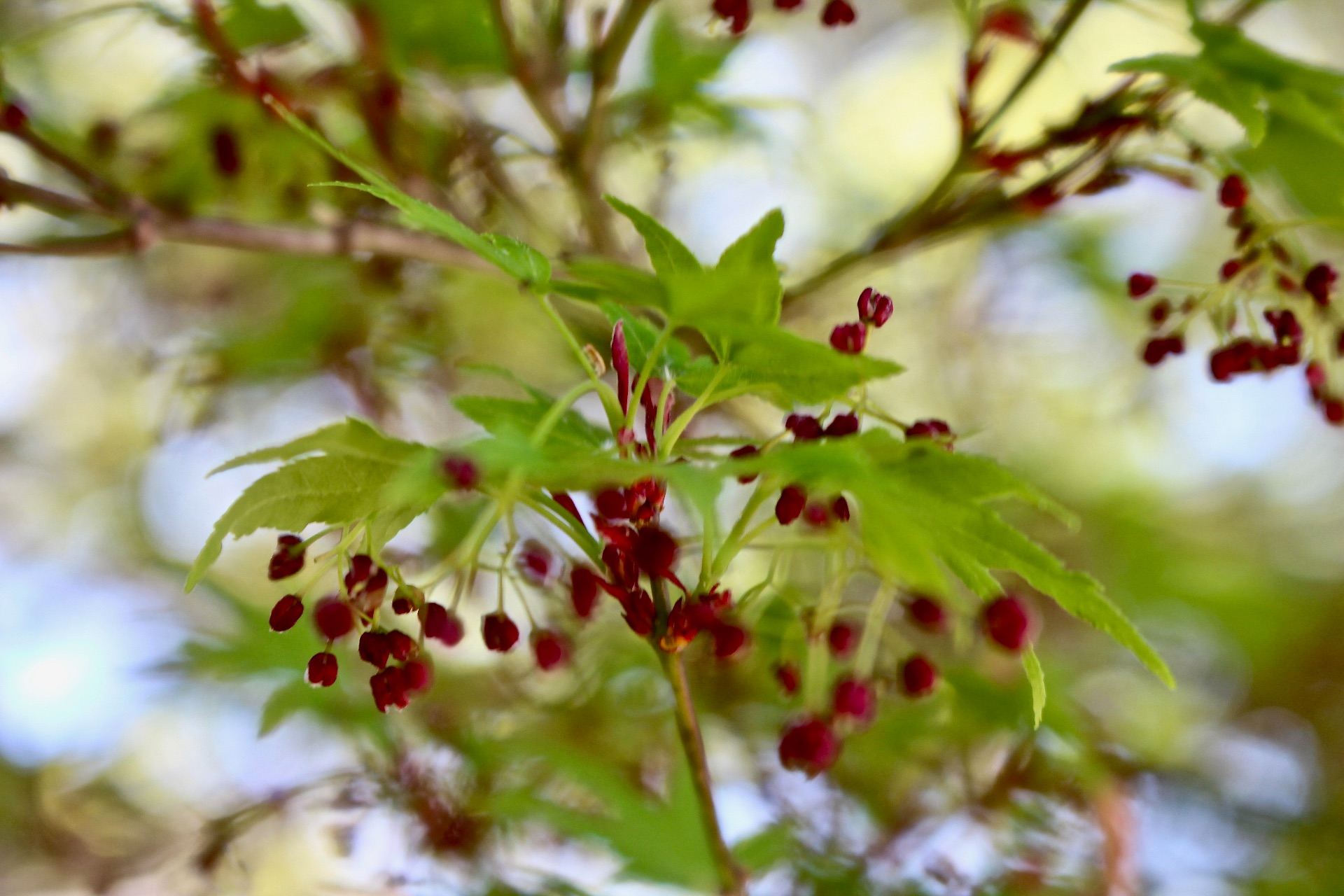To see Mrs. Yollis and class's post...
So Long Summer :: Hello Autumn!
Hello Mrs. Yollis and class,
For us down south in Australia, this is the time of year for the Spring Equinox. Days are now growing longer than night and deciduous trees are sprouting new leaves.
1. Most native trees in Australia are evergreen, i.e. the leaves stay green throughout the year but parks and gardens often include non-native deciduous trees, including my own yard's Japanese maple tree (Acer palmatum). Australia does have some native deciduous trees but not as many as you have and most are found in northern tropical areas.
My Japanese Maple (Acer palmatum) has sprouted new leaves and small flowers. There is the sound of bees attracted to the flowers.
2. Our Spring Equinox has 12 hours of daylight and 12 hours of night just like your Autumnal Equinox. It's at each equinox you and Australia have the same length day. Your days will now get shorter than night while our days get longer. As your blog stated, it's all to do with the Earth's tilt as it orbits the sun. For Australia, the tilt is bringing us spring and longer days. Here s a simple animation I prepared for you...
The above video clip may be used by students and schools for educational, non-profit purposes.
3. With warming weather and Term 3 vacation now underway, thoughts of being outside and, weather permitting, visiting the beach or our local national parks come to mind. The need for warm clothing will be swapped for cooler clothing. A sight you don't see on your beaches are kangaroos. Kangaroos also come into my yard looking for grass to eat when food is scarce.

4. Animal behaviour is changing here too. Birds are nesting, whales migrate south along our coast to spend summer in Antarctic waters and our marsupial and monotreme mammals produce their young.

A Nankeen kestrel out looking for food. It is a raptor, a bird of prey.

This is an old favourite photo of a mother koala and her young.

Wombat - This is Grace. She is an orphaned wombat joey. We call the young of our marsupials joeys. It looks like Grace might have been saying, "No photos!"

Migrating humpback whale.

Short-beaked Echidna - Echidnas are monotreme mammals. Together with the platypus, they are the only remaining mammals in the world where females produce eggs. Like other mammals, the females produce milk for their young.
Did you know a young echidna is known as a puggle?

